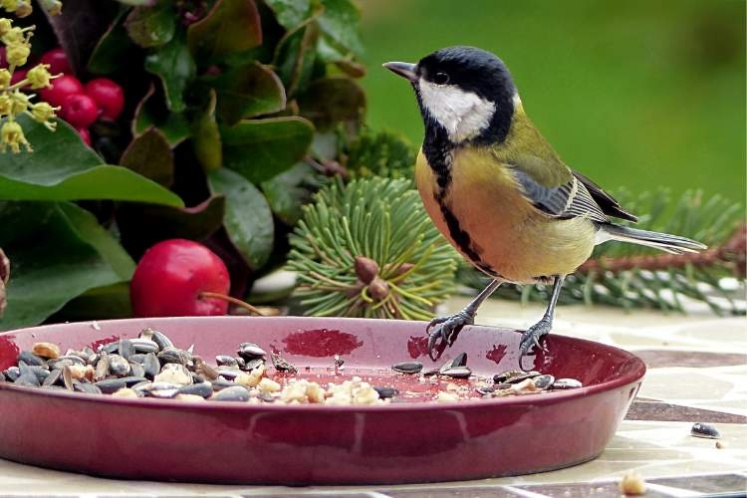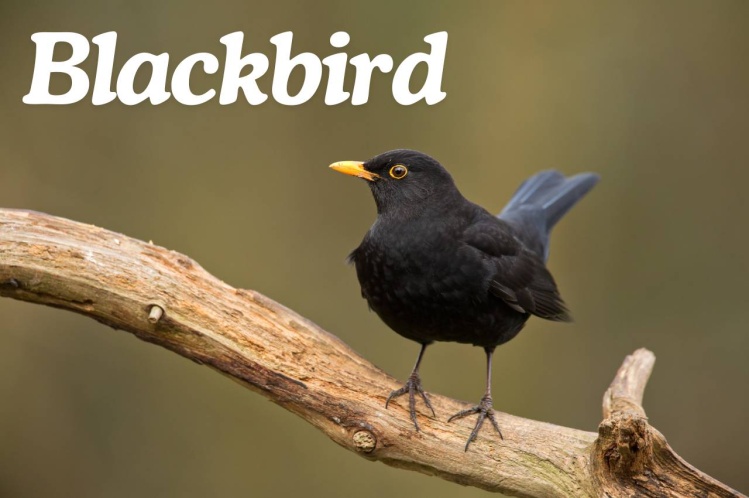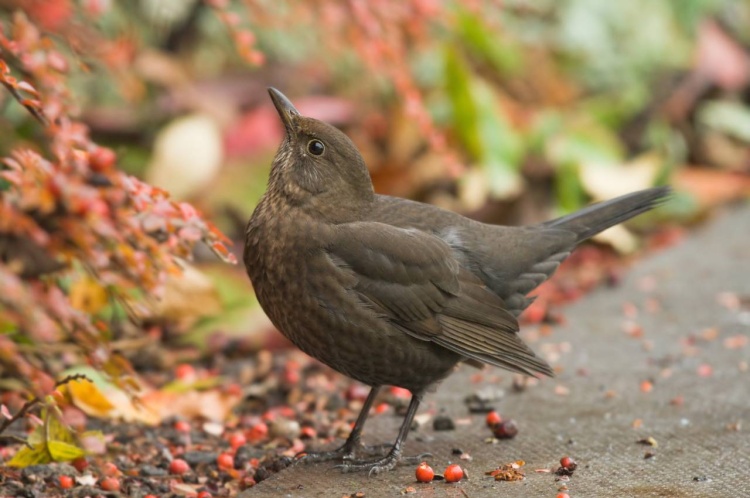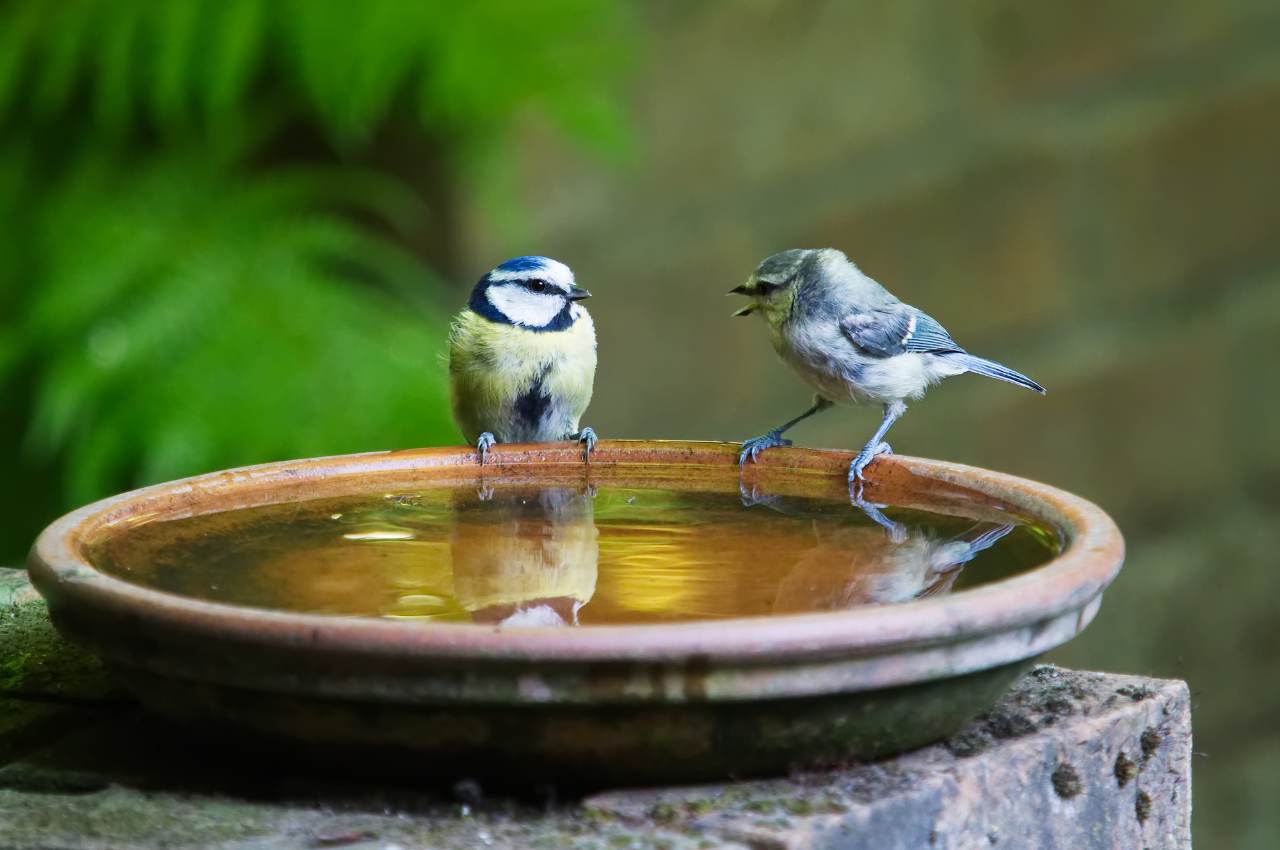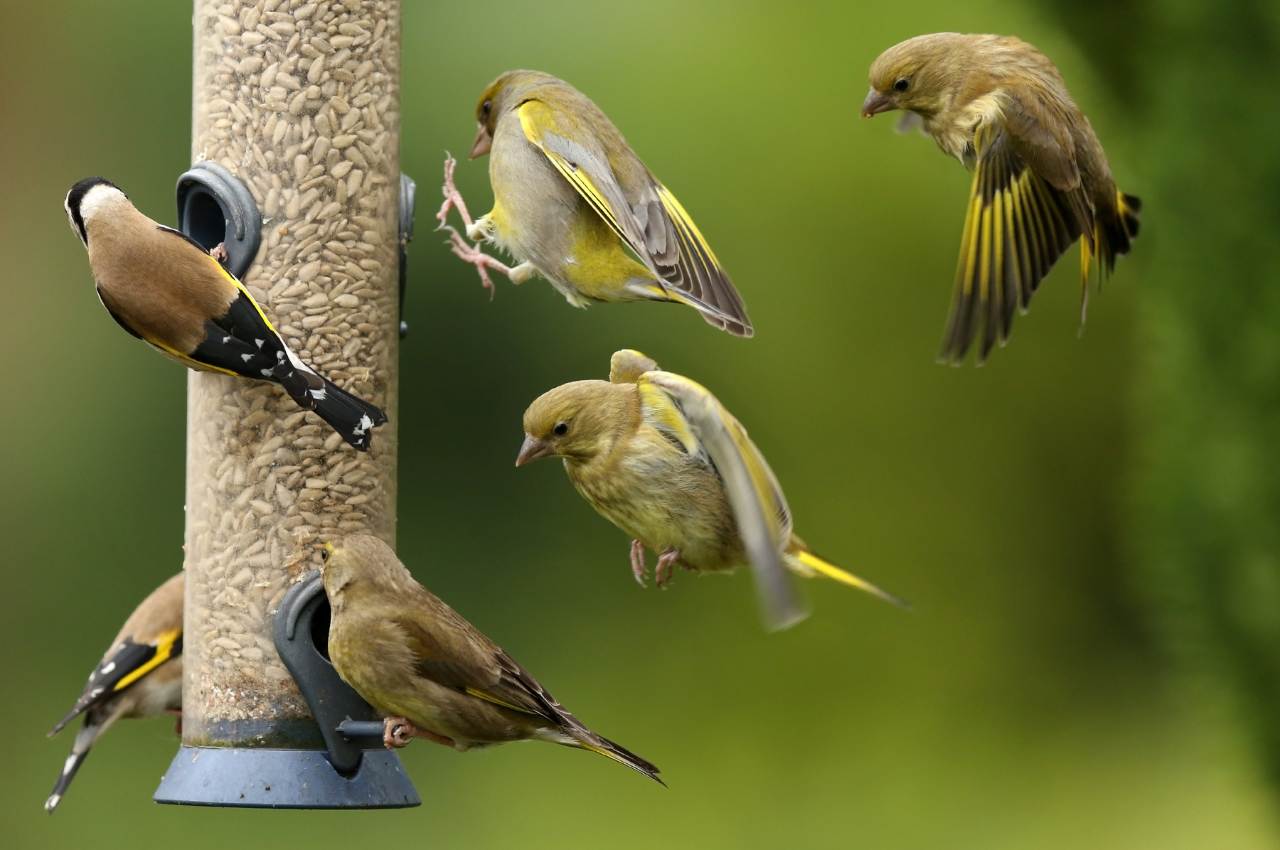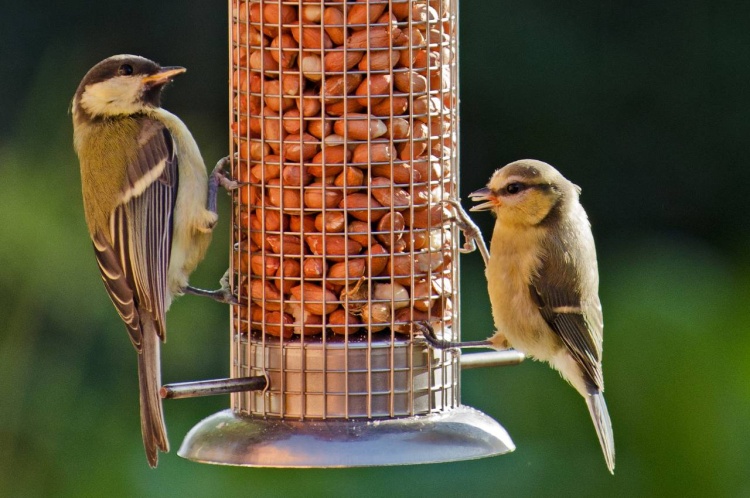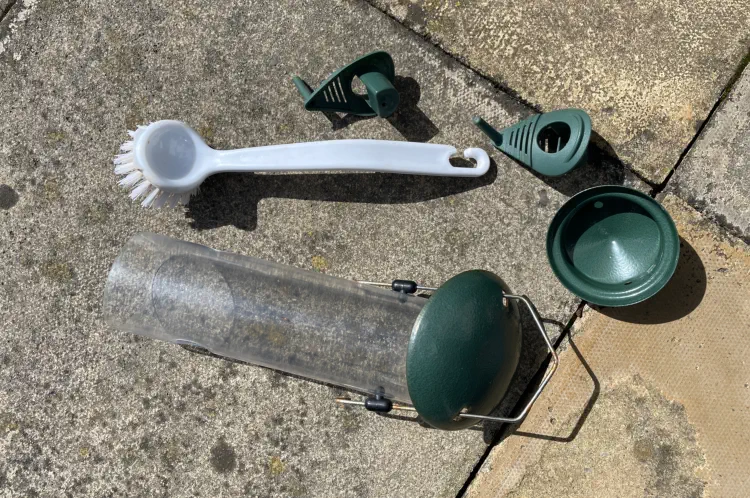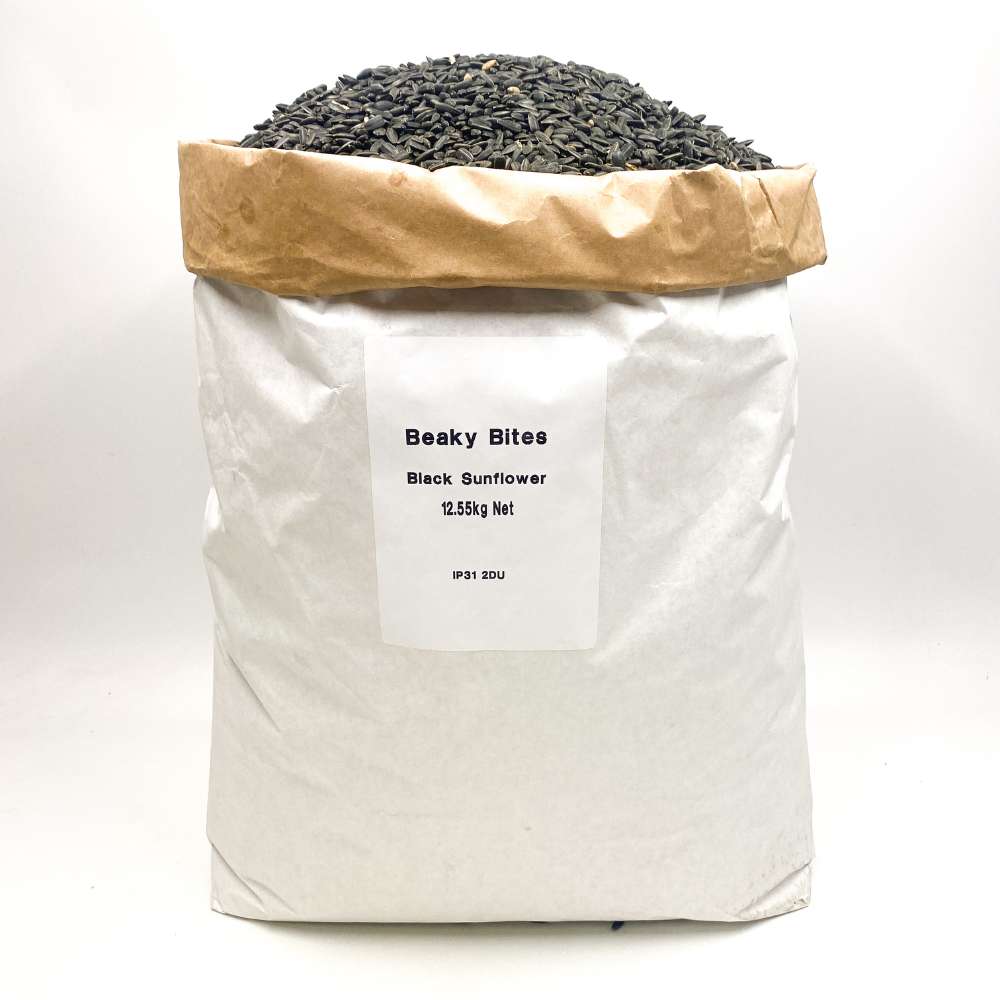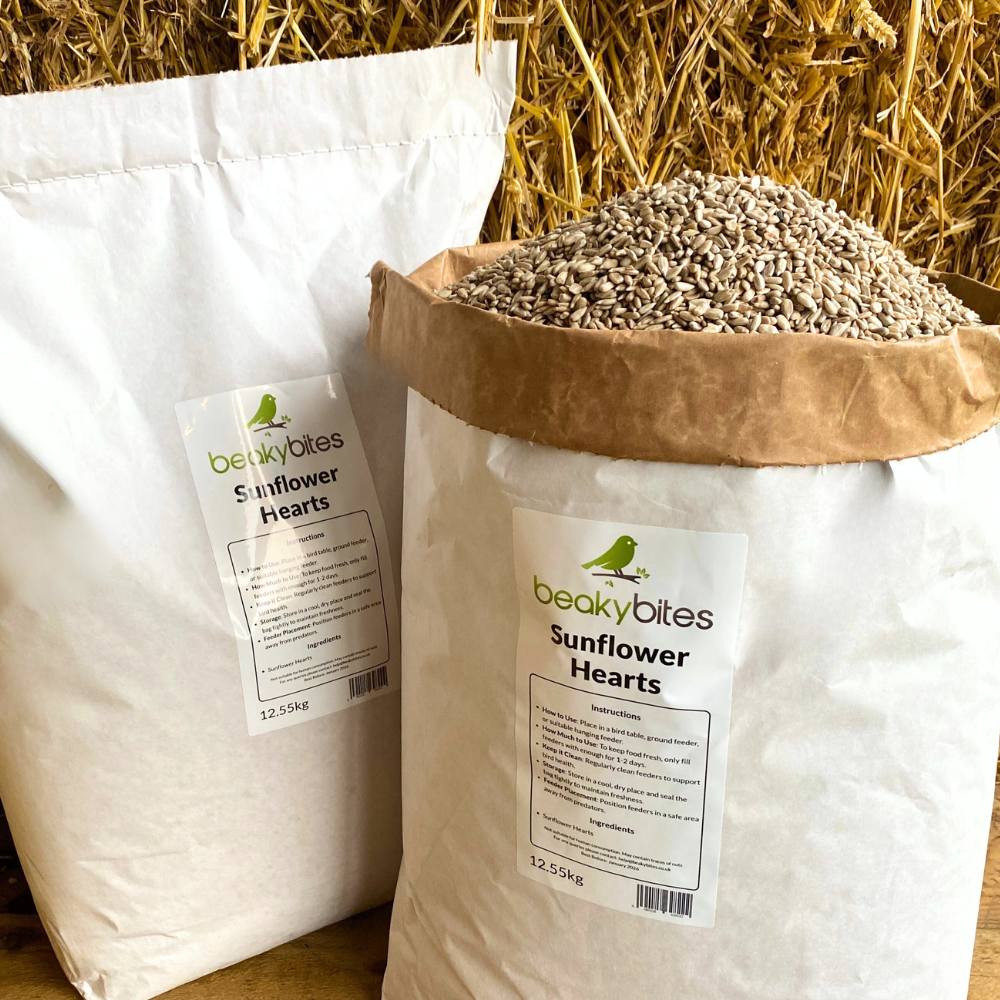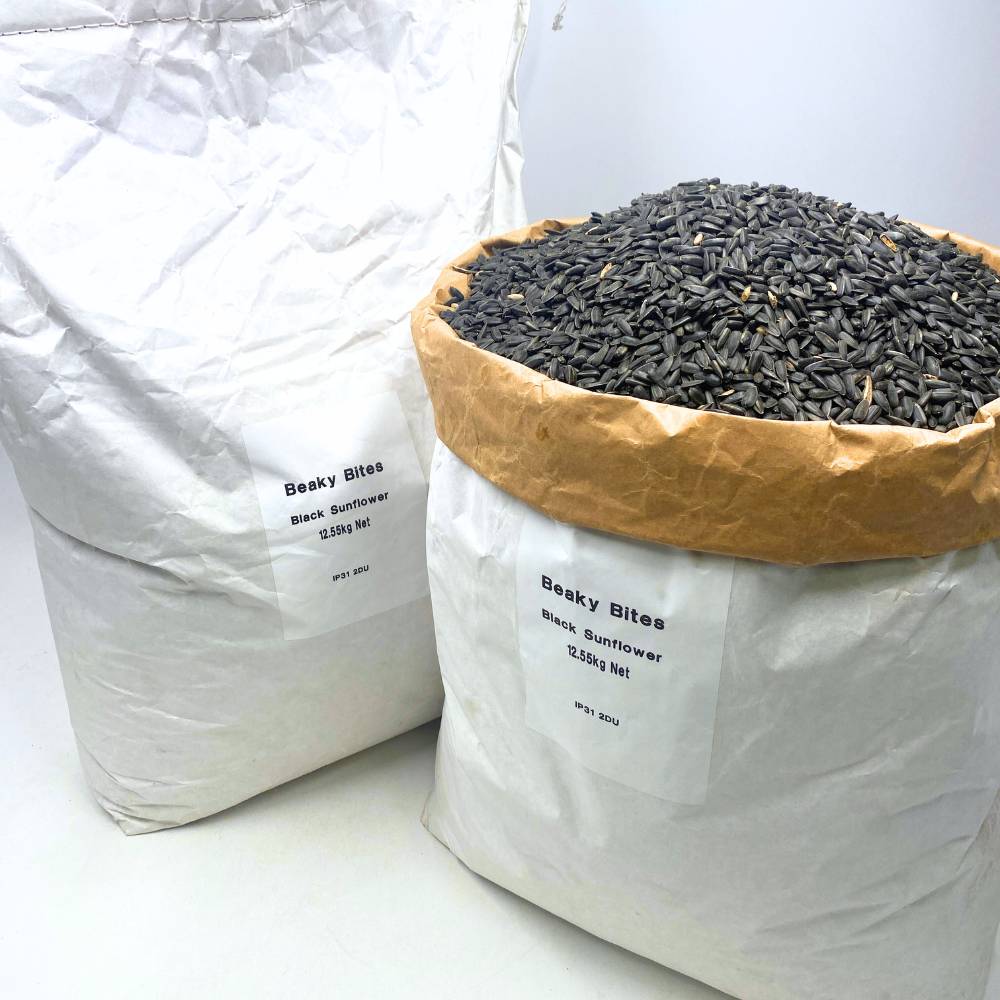British Garden Birds: A Complete Guide to Welcoming Wildlife Into Your Garden

British garden birds are a delight to watch and play an essential role in supporting local ecosystems. Whether it’s the cheerful chirps of a robin or the vibrant colours of a goldfinch, these feathered visitors bring life and beauty to your outdoor space. In this guide, we’ll explore why birds are important, highlight the top species to spot, and provide tips on attracting and caring for them. From choosing the best feed to creating a bird-friendly environment, you’ll discover everything you need to know to make your garden a haven for British birds.
What We Will Cover
Why Are Birds Important: Discover the vital role birds play in supporting the health and biodiversity of your garden.
Top British Birds in Your Garden: A closer look at the most common and beloved bird species you might spot at home.
Seasonal Guide: Learn which birds to expect during each season and how their behaviour changes.
How to Attract Them: Simple tips on making your garden a bird-friendly haven with feeders, plants, and water.
What Is the Best Feed: Find out which foods are best to support different birds throughout the year.
How to Care for Them: Advice on keeping garden birds safe, healthy, and thriving with proper care and habitat management.
Why Are British Birds Important to Our Gardens?
British garden wild birds play a vital role in maintaining a healthy ecosystem. By controlling pests, spreading seeds, and pollinating plants, these feathered visitors help your garden flourish year-round. Species like robins, blackbirds, and blue tits don’t just bring beauty to your outdoor spaces—they contribute to the delicate balance of nature, keeping gardens thriving and diverse. Encouraging British birds like the long tailed tit and house sparrow, into your garden isn’t just beneficial for wildlife; it’s also a rewarding way to connect with nature and enjoy the sights and sounds of these wonderful creatures.
Supporting British birds in your garden also helps combat the challenges they face, such as habitat loss and food shortages. Whether it’s providing a reliable source of bird feed, planting native shrubs, or setting up nesting boxes, small actions can make a big difference. Not only will you help maintain bird populations, but you’ll also create a haven for a variety of species from the house sparrow to collared doves, to call home. To learn more about their roles and how to support them, explore our dedicated posts on specific garden birds and how they contribute to your local environment.
Top 3 British Birds to Spot in Your Garden
Your garden is a sanctuary for some of Britain’s most beloved birds, with robins, blue tits, and blackbirds often being the stars of the show. The robin, with its iconic bright red chest, is a year-round visitor and a firm favourite, known for its melodic song and friendly nature. Blue tits bring a splash of colour with their vibrant yellow and blue feathers and are a joy to watch as they flit between flower beds to your bird feeder. Blackbirds, with their sleek black plumage and beautiful evening songs, are a common sight foraging on lawns.
Each of these birds has unique feeding habits and preferences, making it easy to attract them with the right mix of food and habitat. From sunflower hearts for blue tits to mealworms for robins and suet for blackbirds, offering the right treats will ensure your garden becomes a go-to destination. To dive deeper into what makes these birds so special and how to attract them, check out our individual blogs on each species. For more common birds such as the house sparrow, collared doves and long tailed tit have a look at our bird facts blog category for more facts on British bird life.
Seasonal Guide: Which Birds Visit When?
The changing seasons have a big impact on the behaviour, diet and habits of common garden birds. Spring starts breeding season and small birds are nesting and rearing their young and often need high energy foods like mealworms to keep up with their hectic schedules. Summer brings an abundance of natural food but providing water for drinking and bathing becomes crucial during dry spells. Autumn sees birds preparing for winter and many flock to gardens for seeds and fat balls to stock up.
Winter is the toughest season for garden birds as cold weather and short days means food and shelter is scarce. High fat foods like suet and peanuts are lifesavers helping birds get through the freezing nights. By knowing how each season affects birds you can adjust your feeding and care to meet their needs. Check out our seasonal feeding guides to keep your feathered visitors healthy all year.
How to Attract British Birds to Your Garden
Making your garden a bird haven is easier than you think. Fill your bird feeders with high quality food like sunflower hearts, peanuts and suet and you’ll attract blue tits, robins and house sparrows. A birdbath or shallow dish of fresh water for drinking and bathing is just as important, especially in dry or frosty weather. Native plants, hedges and shrubs provide natural shelter and nesting opportunities and make your garden even more attractive.
Creating a safe space is key to attracting more birds. Put feeders in quiet open areas where birds feel safe and keep them clean to prevent disease. Add nesting boxes and don’t use pesticides and you’ll have a thriving bird population. Whether you’re a seasoned birdwatcher or a beginner these simple steps will turn your garden into a bird bonanza. For more tips see our posts on British garden birds.
What to Feed Garden Birds Throughout the Year
If you want to keep your garden visitors happy and well-fed, offering a mix of high-quality foods in your garden feeders is the key. Peanuts are a firm favourite, packed with energy and ideal for species like blue tits and great spotted woodpeckers. Always choose unsalted peanuts and crush them into smaller pieces for young birds. Sunflower hearts are another top pick, loved by a wide variety of birds, including robins and finches. Their soft texture and rich nutrients make them an easy and mess-free option for your feeders.
Niger seeds are tiny but mighty, perfect for attracting goldfinches and other small-beaked birds. These seeds are best served in a specialist feeder to avoid waste. Finally, suet is a winter essential, providing birds with the fat they need to stay warm during freezing nights. Whether in the form of balls, pellets, or cakes, suet is a lifesaver for many garden visitors. By offering a variety of these foods, you’ll soon have a bustling garden full of feathered friends.
Caring for British Birds in Your Garden
Looking after the most common garden birds is more than just feeding – it’s about creating a safe and healthy environment for them to flourish. Cleaning your bird feeders regularly is key to preventing the spread of diseases like avian pox. Use warm soapy water or a bird safe disinfectant and always rinse thoroughly before refilling. Don’t forget to clear up any old food or droppings around feeding areas to keep everything fresh and clean.
Squirrels and wood pigeons can take over feeders leaving little for your smaller garden visitors. Invest in squirrel proof feeders with cages or baffles to stop them raiding your supply. For wood pigeons opt for feeders with small perches or ground feeding trays designed for smaller birds. These simple steps will not only keep your feathered friends safe but also create a space for all species to enjoy. For more info check out our bird feeder care and maintenance guide.
Conclusion
British garden birds bring life, beauty, and balance to our outdoor spaces, playing an important role in maintaining healthy ecosystems. By understanding why they’re vital, learning about the most common species, and recognising how the seasons impact their behaviour, you can enjoy and support these feathered visitors all year round.
From choosing the best feed—like sunflower hearts, peanuts, and suet—to creating a bird-friendly garden with water, shelter, and nesting spaces, there are so many ways to attract and care for them. Regular feeder maintenance and thoughtful precautions like squirrel-proofing ensure your garden remains a safe and welcoming haven for birds. By taking these steps, you’ll not only help sustain local bird populations but also enjoy the sights and sounds of nature right on your doorstep. For more tips and insights, explore our dedicated blogs and start your journey to a thriving, bird-friendly garden.
Frequently Asked Questions
What are the most common garden British birds?
- Answer: Robins, blackbirds, blue tits, and goldfinches are among the most common birds spotted in UK gardens.
What is the best food for British birds in the UK?
- Answer: The best options include sunflower hearts, peanuts, suet, and dried mealworms, depending on the bird species.
When is the best time of year to feed wild birds?
- Answer: While birds benefit from food year-round, feeding is especially important in winter and spring when natural resources are scarce.
How can I protect wild birds from predators?
- Answer: Place feeders in open areas away from bushes and use baffles or covered feeders to deter cats and squirrels.
Do birds need water, and how should I provide it?
- Answer: Yes, birds need water for drinking and bathing, which you can provide using a shallow birdbath or dish.

